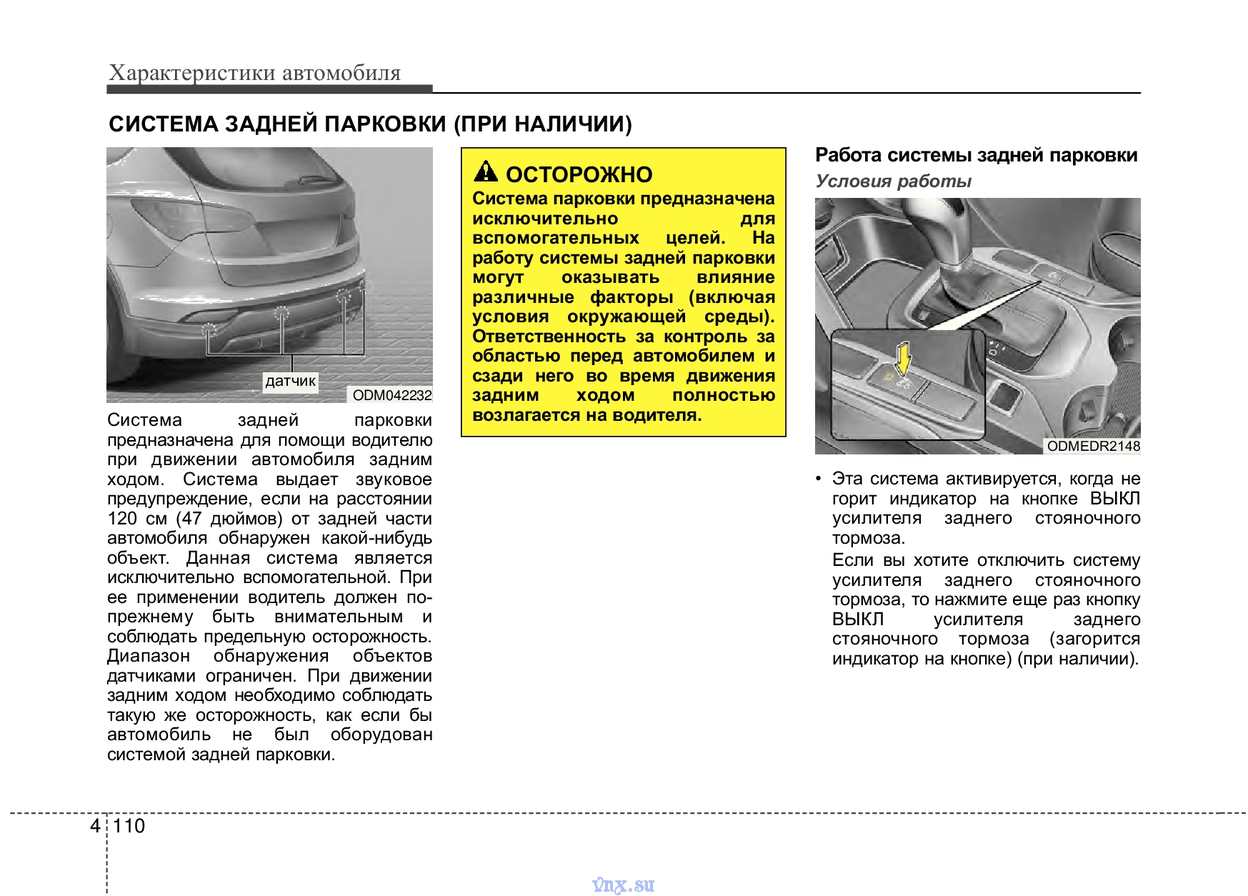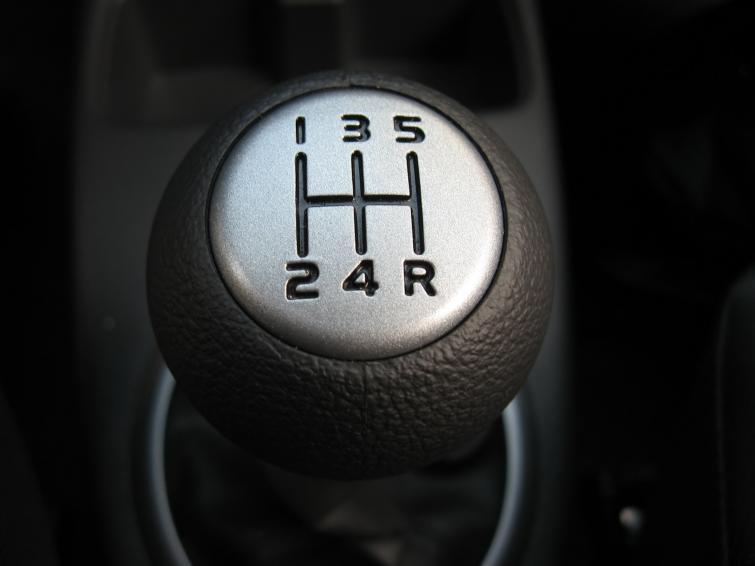
Stop the engine and park in reverse - you will save fuel
 Changing a few driving habits can reduce fuel consumption by a few percent. Check out what needs to be done to save on fuel.
Changing a few driving habits can reduce fuel consumption by a few percent. Check out what needs to be done to save on fuel.
The advice on how to drive a car in order to consume less fuel was prepared by the Lotos concern based on a survey of drivers conducted by ALD Automotive. Test results have shown that the most common mistake is to turn off the engine only during long stops. As much as 55 percent. of respondents believe that the engine consumes a large amount of fuel to start and you should not turn it off if it starts after a while. This misconception is due to historical conditions.
Previously, cars consumed rather than burned the fuel needed to start the engine. This fuel was largely wasted. In modern engines, this phenomenon is completely eliminated. Currently, to reduce fuel consumption, the engine should be turned off when stationary for more than 30 seconds. Old cars with carbureted engines required the addition of gas at start-up to increase the instantaneous supply of fuel to the combustion chambers, which facilitates ignition. Modern engines are modern designs where the regular addition of gas during start-up can cause fuel metering problems during normal engine operation.
Another principle of optimal driving involves reverse parking. It turned out that 48 per cent. respondents do not realize that a cold engine consumes much more fuel than an engine warmed up to operating temperature. Due to the fact that the most energy is required to start the car, perform parking maneuvers when the engine is warm and park in reverse, and after starting the car, shift into gear and perform a simple forward maneuver.
Drivers too rarely brake with the engine. Almost 39 percent of the respondents bet on the so-called. freewheeling without downshifting when approaching a traffic light or intersection. This results in unnecessary fuel consumption needed to keep the engine running.
The engine of the brake machine, if it is not turned off (when in gear), moves the pistons, receiving power from the rotating wheels, and should not burn fuel. This is how almost all engines manufactured after 1990 work. Thanks to this, when braking with a car in gear, we move for free. This is easy to see by watching the instantaneous fuel consumption readings in the car's on-board computer.
“By engine braking, we reduce fuel consumption, but we should not forget about the safety aspect. when we calmly reach the traffic lights, our control over the vehicle is very limited, and in an emergency it will be much more difficult for us to make a sudden maneuver, says driver Michal Kosciuszko.
The results of the study conducted by ALD Automotive show that in Poland the principles of a reasonable and sustainable driving style are known and applied primarily by the fleet drivers. In order to save money, companies send their drivers for training in economical driving style. Savings on used fuel and vehicle operating costs can be up to 30%. A similar result can be obtained by an individual car user. All you need is determination, desire and knowledge of the principles of optimal driving.
